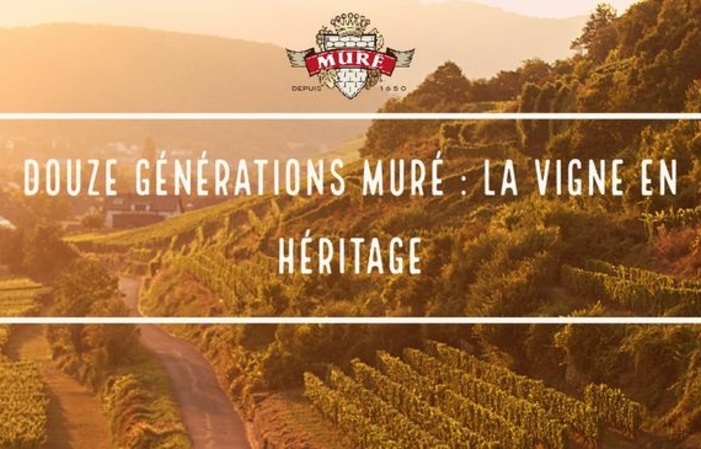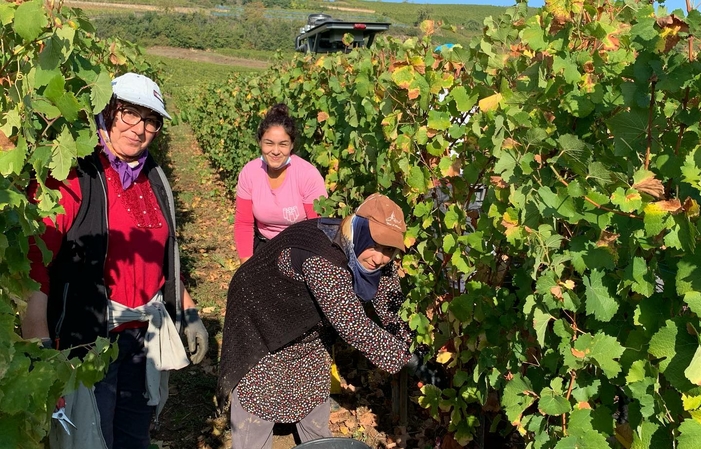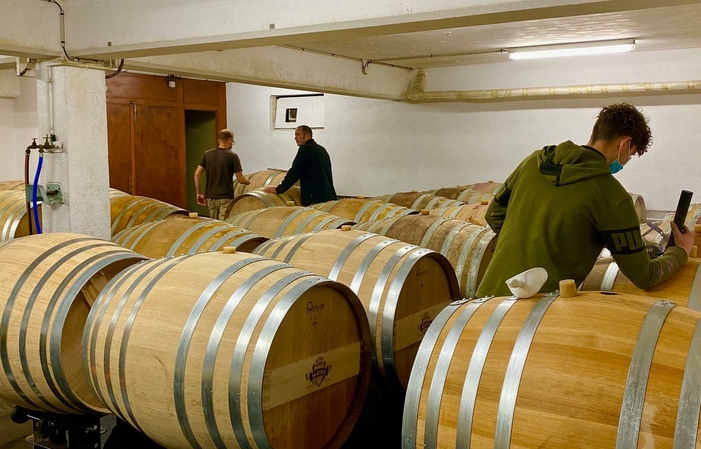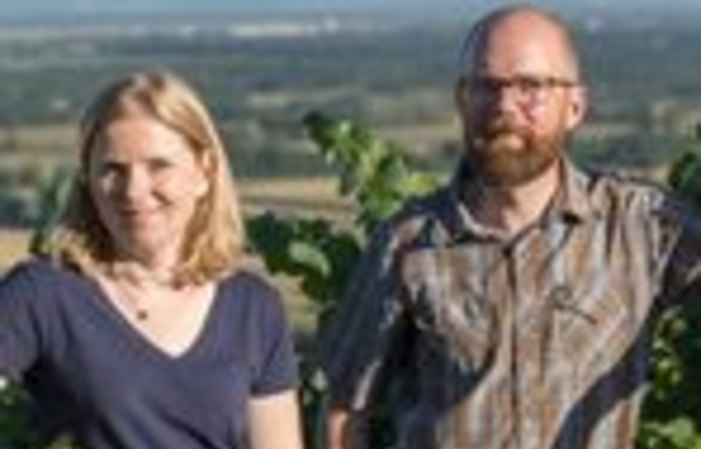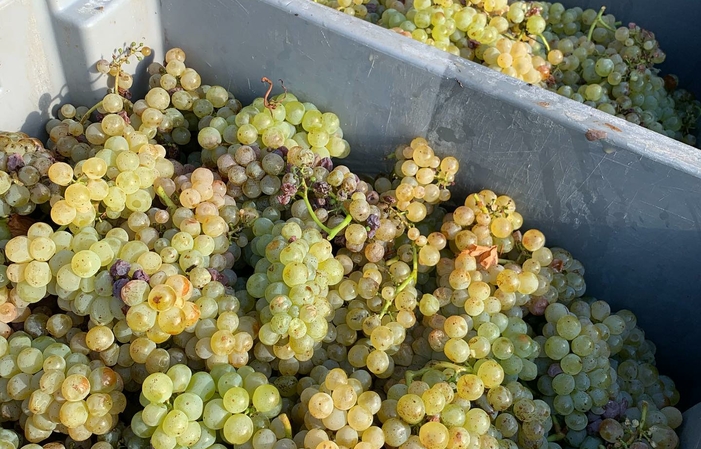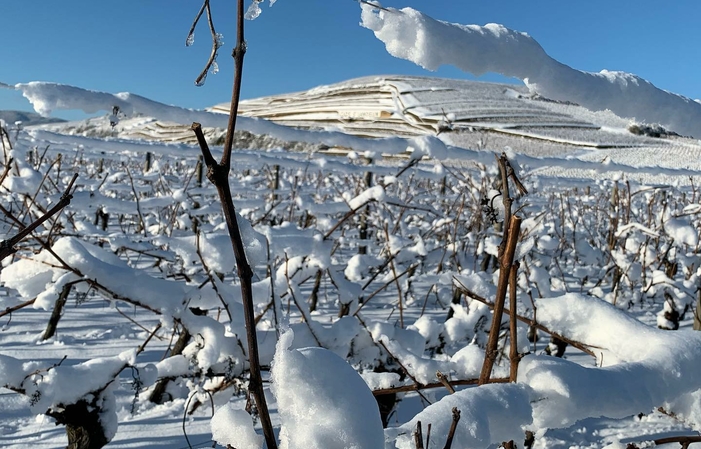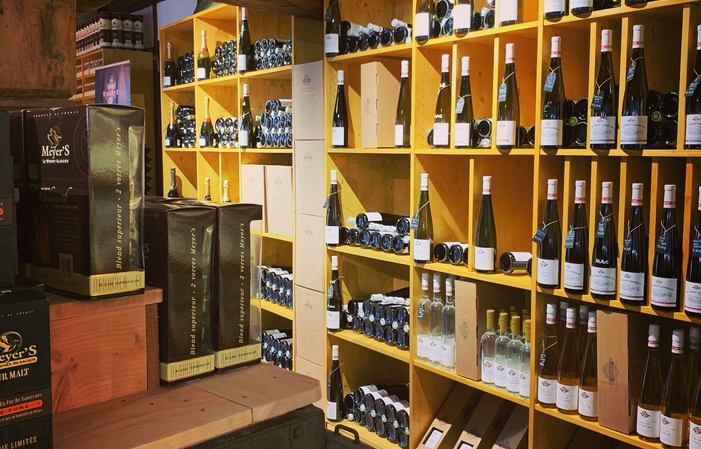Description
Since 1999, the 28 ha of the family estate have been fully exploited in organic cultivation.
Priority is given to plowing and tight planting (about 10,000 plants / ha) that promote both deep rooting of the vine and biological activity of the soil.
This depth allows the roots to regularly assimilate the precious mineral elements of the subsoil that constitute the own mark of the terroir and determine the mineral character of the wines of the estate.
The vines are cut in single or double Guyot, and the low yields (from 30 to 45 hl/ha) reinforce the ability of the grapes to transmit to the wine the expression of the terroir.
The manual harvest is accompanied by the direct sorting of the grapes on the plots. These are then transported in crates of up to 20 kg to avoid settlement, then gently poured into whole bunches (without having been crushed or desgrapped) into the presses.
We would be
delighted to welcome you to make you discover the Château or estate and its history and the work done for the elaboration of our wines!
We look forward to seeing you quickly at the Clos St Landelin estate
Rules and conditions
The visits at 1€ mean that they are carried out free of charge by the winemaker. This amount is requested to ensure the seriousness of your request and avoid the winemaker to block a visiting slot unnecessarily.
In case of unforeseen events, we thank you for cancelling your visit to the platform and/ or notifying the winegrower directly.
Reservation policy
Cancellation policy: : Strict
Products offered for tasting:
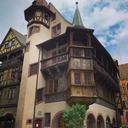
Domaine du Clos St Landelin Professional seller
History of Clos Saint Landelin In the seventh century, Dagobert II, king of Austrasia, donated to the bishops of Strasbourg the region of Rouffach, called Obermundat. This vast estate remained in their... See more
History of Clos Saint Landelin In the seventh century, Dagobert II, king of Austrasia, donated to the bishops of Strasbourg the region of Rouffach, called Obermundat. This vast estate remained in their possession until the French Revolution. Landelin, an Irish monk, came to evangelize the Country of Baden (Germany) in the seventh century. He was assassinated around 640. According to legend, four sources sprang up at the scene of the crime. On the tomb of the martyr would have occurred several miracles. This led some monks to settle nearby. A first convent was built around 725. Heddon (734-776), Bishop of Strasbourg, was the organizer of this convent of Mönchzell "Cella monachorum" founded in honor of Saint Landelin, on the right bank of the Rhine. He erected a second, larger convent some distance from the first. In memory of its benefactor, the convent was named Ettenheimmünster (from the Latin "Ettonis monasterium" meaning the monastery of Heddon). The monastery was endowed with properties, including vineyards, located in Rouffach. This was what was called the "praedium sancti Landelini", the Saint Landelin property. Some of these plots of vines are located in the former places called Altengassen, Vorberg - the original name of the current grand cru Vorbourg -, Rothengarten and Mannberg. The book "Liber Vitae", written between 1250 and 1372, and which contains the donations and bequests made for the benefit of the Church of Our Lady of Rouffach, cites vineyards located near plots of the "Property of Saint Landelin" and near the Fountain Saint Landelin. According to the old cadastral plans of Rouffach, the Fountain Saint Landelin is located at a place called Hauhl, today Clos Saint Landelin. It always flows at the foot of this vineyard. In 1409, the Rouffachoise Berler family had become beneficiary as an emphyteusis of the "Bien Saint Landelin", which remained ecclesiastical until the French Revolution. After 1871, Alsace became part of the German Empire. Dr. Jur. Wolfang Weber, one of the pioneers of the revival of Alsatian viticulture, bought one by one the plots surrounding the Saint Landelin fountain. He restored the vines and dry stone walls. In 1918, the estate was placed under sequestration by the French administration, then it was acquired in 1923 by Alfred Erny, industrialist in Soultzmatt. He marketed the wines under the appellation Clos Saint Landelin. He was able to continue the work of Dr. Weber for seven years. In 1930, he ceded the vineyard of Clos Saint Landelin with stocks in barrels and bottles to the Union Vinicole du Haut-Rhin de Colmar. The company owned it for only five years. In 1935, Alfred Muré, great-grandfather of Véronique and Thomas, bought the estate. The Muré are a family of winegrowers whose origin dates back to 1650 in Westhalten See less

- ID Card:
- Email:
- Already rent:

